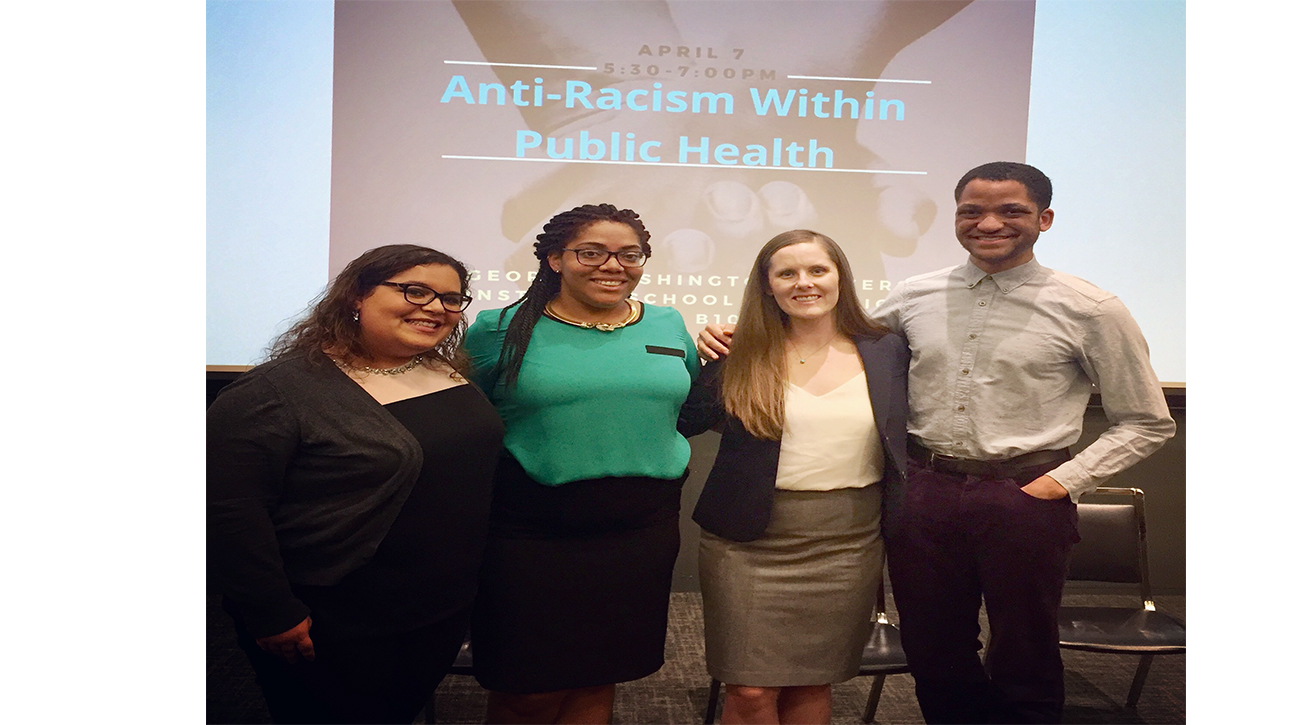As the closing event of National Public Health Week (NPHW) earlier this month, public health students Maegan Samuel, Blake Rowley and Kelsey Donnellan hosted a panel on “Anti-Racism and Health." It was a chance for young professionals and students to talk about the intersection of racism and public health.
The major topics discussed were: the structure of public health rooted in segregation, use of data and language to augment inequalities in communities, and anti-racism advocacy. Panelists included: Kristina Santana, senior associate at the National Alliance of State and Territorial AIDS Directors (NASTAD,) and Marcel Byrd, racial and justice fellow at NASTAD.
“Participants worked through how to ask critical questions about racial justice, how to have a tiered and comfortable response to racism in the classroom, and how to collectively work together to build more inclusive and racial justice oriented responses in public health," Donnellan said. On the whole, the panel shed light on how to use education from the Milken Institute School of Public Health to combat injustices in the public health field and provide quality health care for all.
This mini grant connected to the opening keynote by Camara Jones, immediate past president of the American Public Health Association. Earlier in the week, Dr. Jones spoke about acheiving health equality to combat racisim. "I want to share with you allegories, framworks, definitions that you can remember and pass on," she said.
Her lecture centered on an analogy of a cliff to help audience members understand what racisim has to do with health. Jones stressed how instead of just putting a bunch of ambulances at the bottom of the cliff, we need to put structures in place to prevent people from falling altogether. Safety nets and fences aren't enough; we need to move the population away from the cliff.
The way to do this is by health invention, which takes on three forms: improving health services, addressing social determinants of health, and addressing social determinants of equity. The narrow focus on the individual ignores the systems and structures at play, said Jones. She challenged audience members to question why we accept that there is a cliff and to get people of all backgrounds involved in the policymaking proccess.


